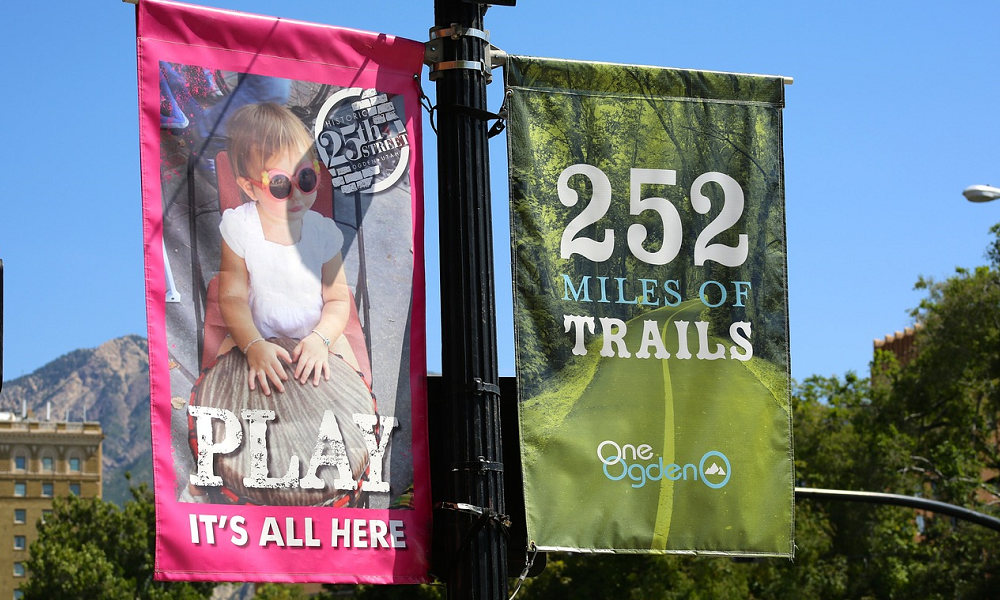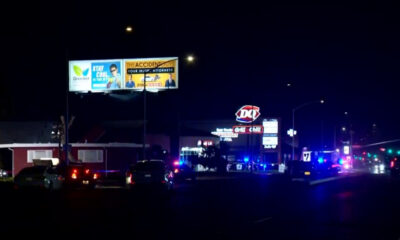Reviews
What Brands Get Wrong About Out-of-Home Ads

Out-of-home (OOH) advertising continues to thrive in a media-saturated world, offering unmatched visibility and brand recall. Yet, many brands still underutilise or misinterpret the power of OOH campaigns, failing to capitalise on its unique strengths. While digital marketing dominates strategic conversations, a well-executed OOH campaign can offer a tangible, lasting impact, particularly in an age where consumers are increasingly ad-fatigued online. Understanding where brands go wrong with OOH ads is the first step to harnessing their full potential.
Misjudging the Medium’s Role
One of the most common missteps is treating OOH as a supporting player rather than a strategic lead. OOH is often relegated to brand awareness only, without tying it meaningfully to broader campaign objectives. While brand awareness is certainly a core benefit, today’s OOH has evolved. Digital integrations, QR codes, and mobile targeting allow brands to drive engagement, footfall, and even direct conversions.
Brands should begin with a clear understanding of what they want the campaign to achieve—be it increasing store visits, launching a product, or driving web traffic. When aligned with specific KPIs, OOH becomes far more than a passive medium; it becomes a performance-driven component of the marketing mix.
Underestimating the Power of Creative Simplicity
OOH is often consumed in seconds—on the move, at speed, in public spaces. Yet, many advertisers attempt to replicate digital or print design formats, crowding the space with too much information. This results in cluttered, ineffective visuals that fail to register with passers-by.
Great OOH creative thrives on simplicity. Think bold visuals, minimal text, and strong contrast. A single striking image paired with a sharp message can do far more than a beautifully designed, information-heavy poster. The idea is to capture attention first—deeper storytelling can come through digital follow-ups or experiential components.
Choosing the Wrong Locations
Location is everything in OOH. However, some brands still make decisions based solely on cost or availability rather than strategic alignment with their audience. A premium billboard in a high-traffic area is useless if it doesn’t reach your target demographic.
Effective OOH planning involves understanding audience movement, behavioural insights, and urban mapping. Where does your audience live, work, shop, and socialise? Are you targeting commuters, university students, or nightlife goers? Contextual relevance amplifies message impact. Placement in the wrong neighbourhood or timing your campaign poorly—like missing major local events—can mean a missed opportunity.
Ignoring Integration Opportunities
OOH should never operate in isolation. Yet, brands often launch static campaigns without considering how to integrate them into broader omnichannel strategies. With technologies such as geofencing, programmatic DOOH (pDOOH), and real-time data feeds, it’s possible to link physical ads with digital journeys.
Imagine a consumer seeing a street poster for a new sneaker drop, scanning a QR code, and immediately accessing a limited online offer. Or consider syncing digital OOH screens with live social media trends. These tactics elevate the medium beyond visibility into interactive engagement, encouraging consumers to take immediate action.
Overlooking the Cultural and Local Context
OOH is inherently public and place-based. This gives it a unique cultural footprint that other channels lack. However, many brands apply a generic, one-size-fits-all approach that ignores the local texture and character of the space.
Whether it’s murals, transit wraps, or other street-level formats, tailoring creative to reflect local language, humour, or aesthetics significantly boosts relevance and memorability. For instance, a campaign in Melbourne’s CBD should feel different from one in Sydney’s Inner West. Leaning into local context helps brands feel more authentic and connected to the communities they’re engaging with.
Brands looking to leverage this should explore formats like outdoor street posters, which offer a grassroots feel while providing high-volume, high-frequency exposure in urban hotspots.
Failing to Measure Results
Finally, a pervasive myth about OOH is that it’s hard to measure. While it’s true that traditional OOH didn’t offer the same level of analytics as digital channels, the landscape has changed. Tools now exist to track impressions, dwell time, and downstream conversions.
Brands not tracking or analysing their OOH efforts are missing a key opportunity for learning and optimisation. From mobile data tracking to brand lift studies and A/B testing of creative variations, there are more ways than ever to prove ROI and refine future campaigns.
The Anchor That Ties the Campaign
OOH advertising isn’t simply about being seen—it’s about being remembered, interacted with, and trusted. By avoiding common pitfalls—like underestimating location relevance, overcomplicating creative, or treating OOH as a standalone effort—brands can unlock the full potential of this enduring medium. In today’s fragmented advertising world, the simplicity, scale, and authenticity of out-of-home may just be the anchor that ties the entire campaign together.

-

 World1 week ago
World1 week agoEthiopian volcano erupts for first time in thousands of years
-

 Health2 days ago
Health2 days ago8 kittens die of H5N1 bird flu in the Netherlands
-

 Legal7 days ago
Legal7 days agoUtah Amber Alert: Jessika Francisco abducted by sex offender in Ogden
-

 US News6 days ago
US News6 days agoExplosion destroys home in Oakland, Maine; at least 1 injured
-

 Health7 days ago
Health7 days agoMexico’s September human bird flu case confirmed as H5N2
-

 Legal3 days ago
Legal3 days ago15 people shot, 4 killed, at birthday party in Stockton, California
-

 World7 days ago
World7 days agoWoman killed, man seriously injured in shark attack on Australia’s NSW coast
-

 US News2 days ago
US News2 days agoFire breaks out at Raleigh Convention Center in North Carolina




